About us
Our Services
Our Expertise
Our Experience
Follow us
Why e2logy?
- We strive to provide superior customer service and ensure that every client is completely satisfied with our work.
- Our engineers are trustworthy, dedicated, and experienced and will go the extra mile to solve your IT issues.
- We are committed to delivering outstanding, cutting-edge IT solutions that add real value that goes beyond what is expected.

Some Of The Best Frameworks for Machine Learning

When you are looking for a good machine learning framework, you would be spoilt for choice. Most ML frameworks take a long time to master, hence the choice of which one to go with needs to be made after adequate deliberation. AI and ML frameworks touch on several things at once, from image recognition to speech recognition to even handwriting recognition, apart from more rigorous mathematical and statistical methods. Let us look at the pros and cons of some of the available machine learning frameworks.
1. Torch
Industry experts call it the simplest machine learning network. It uses the Lua programming language mainly, although there have been other versions developed using some others too. If you have programmed using Python earlier, you will find Torch very easy to handle. When you make an error in Torch, you do not need to start over from the very beginning. You will get unlimited n-dimensional arrays to work within Torch, and all the major platforms are supported, including Linux, Windows, iOS, Android, etc.
2. Caffe
We spoke about voice recognition and image classification earlier, and those are the hallmarks of Caffe, which means it leans more towards deep learning. It is built using C++ and was actually developed first as part of a Ph.D. project at the University of California at Berkeley. You can run this tool on Windows, Mac OS X, and Ubuntu. You can use neural networks for problem-solving, which means you can use simple text instead of formal code.
3. TensorFlow
This is probably the most talked-about framework, and being developed by Google might be one of the reasons. It also works on neural networks and similar computational models like regression and classification. You can depend on it for a lot of rigorous statistical work. It uses C++ and Python for working with multiple n-dimensional arrays. The basic core of this framework is a tensor board which helps you see the entire computational logic and workflow at a glance. Despite being so popular, one strange thing about TensorFlow is that it is not compatible with another popular name, Windows.
4. Spark
When you use this machine learning framework, you do not work with Numpy arrays. The substitute with which you need to work is called a Spark RDD data structure. You can use this network from Apache in Java, Python, R, and Scala. You can also integrate Spark into a Hadoop workflow. The statistical tools you get when you use Spark are clustering, regression, and classification. You do not need to prepare any data to feed into its machine-learning algorithm because Spark provides you with easy-to-use label vectors.
Conclusion
Apart from the above names which are most common, you can also check out Mahout, Scikit, and CNTK 2. Whenever you are choosing a machine learning tool, you need to first determine what your exact goal is. Whether it is image recognition or classification, handwriting recognition, or more rigorous exercises like k-mean clustering and logistic regression, you need to select the right tool for your use.













